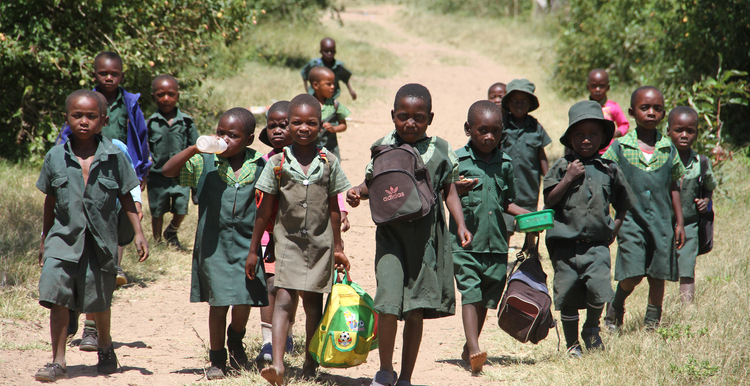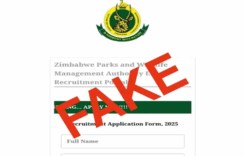By Nelson Banya
In an interview aired on CNN’s One World on June 30, 2021, finance minister Mthuli Ncube made a number of claims about Zimbabwe’s economy and the government’s social protection programme. We looked at three that drew the most reaction on social media.
CLAIM: Ncube said: “First of all there is the productive social protection element in the agricultural sector where we give free inputs to citizens to farm and they have done very well. They have produced about 1 million metric tonnes of maize and maize alone.“
The second round crop assessment report, released in April, estimates that farmers under the Pfumvudza programme will produce 1 066 755. This would be about 40% of the total maize output expected in the 2020/21 season.
According to John Basera, who is the Permanent Secretary in the Ministry of Agriculture, the Pfumvudza programme is the “flagship” scheme of government’s support programmes.
VERDICT: True
CLAIM: Government is protecting the vulnerable rural areas through cash transfers
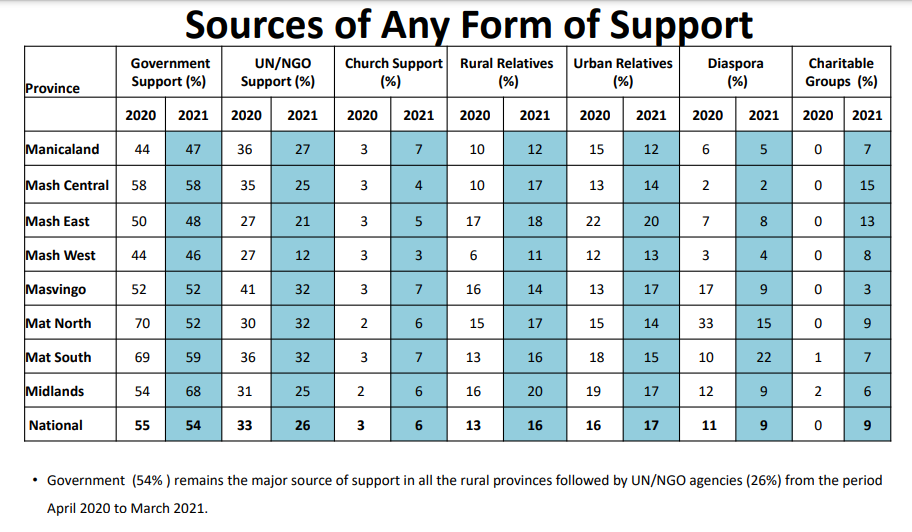
According to a June 2021 report by the Zimbabwe Vulnerability Assessment Committee (ZimVAC), government is the major source of support people in rural areas, making up 54% of the aid. UN agencies and other donor organisations make up 26%. Of the government aid, 3.2% was in the form of cash transfers. Cash transfers made up 7.5% of donor agency support, the report shows.
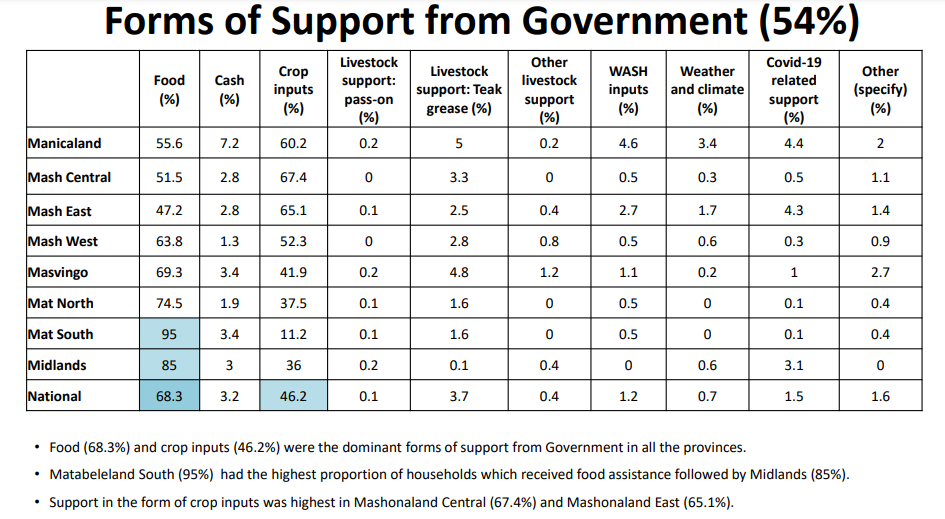
The ZimVac report is based on data collected in May 2021 from a sample of 14945 households across the country’s ten provinces.
ZimVac is a consortium of government, development partners, the UN, NGOs, technical agencies, and academics. It is chaired by the government through the Food and Nutrition Council, a department in the Office of the President and Cabinet.
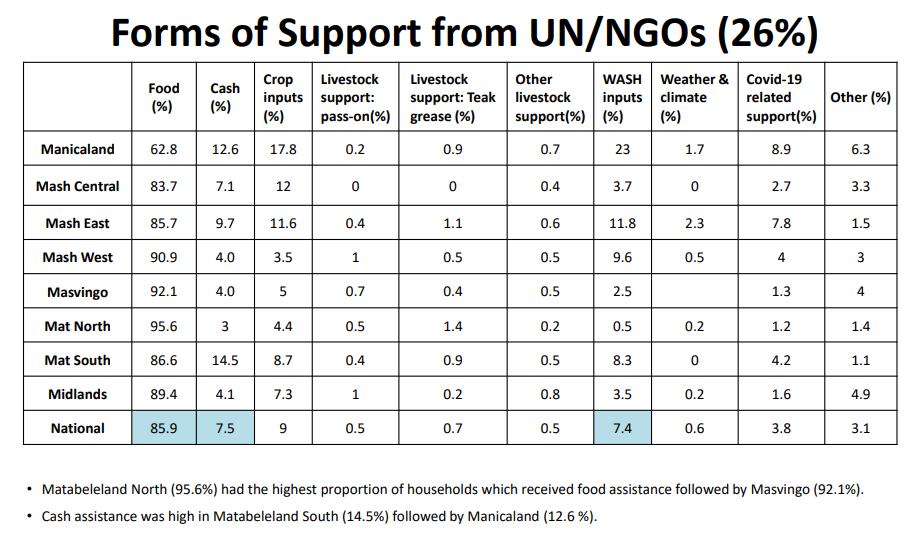
In monetary terms, a Treasury report on the 2020 budget shows that government spent ZW$164 million on cash transfers to about 60,000 households.
Treasury allocated ZW$900 million for cash transfers in the 2021 budget.
Of the ZW$18 billion set aside for the COVID-19 relief programme in 2020, ZW$2.4bn was budgeted for cash transfers. Of this cash transfer budge, only ZW$217.8m was actually disbursed, according to the 2020 budget review report.
VERDICT: Partly true. Data from ZimVAC and the budget show that government did indeed make cash payouts. However, the cash payouts, according to ZimVAC and the budget review, were only a fraction of what government aid. This does not support Ncube’s claims of a “robust” social protection programme, which would suggest broad coverage of vulnerable groups. The ILO Social Protection Floors Recommendation, 2012, defines what a successful social protection net should do; it should ensure that all in need – whether children, people of working age or older persons – have access to basic care and income security throughout the life cycle of a welfare programme.
CLAIM: According to Ncube, the government has a social protection programme that includes free schooling for vulnerable children.
Budget data shows that the government spent ZW$300 million on the Basic Education Assistance Model (BEAM), covering 415,000 students at both primary and secondary education for the first term of 2020.
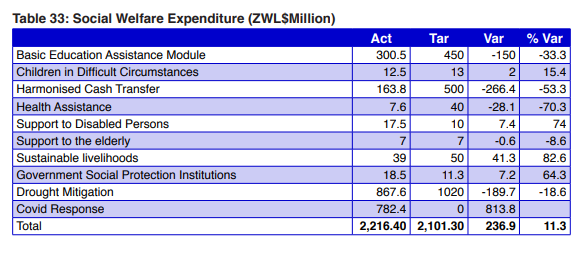
In the 2021 budget, ZW$2 billion was allocated for the BEAM programme, with a target of 1,5 million beneficiaries.
VERDICT: True. While ZimVAC reports that 23% of the children of school-going age were not going to school at the time of the assessment, the government does have a school fees programme which it has extended in 2021.
Donor support?
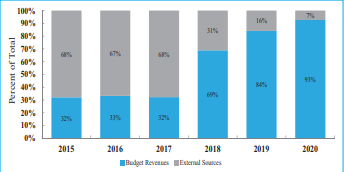
In the interview, Ncube acknowledges the assistance given by various donors towards Zimbabwe’s social protection programmes.
However, a 2020 report by Unicef shows that government funding of social protection programmes has been growing since 2018.
Do you want to use our content? Click Here


